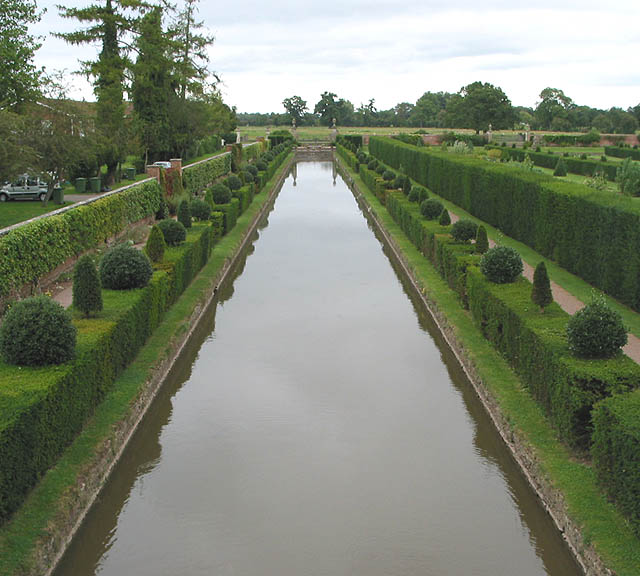Booklet Pane: Saving Cultural Patrimony (France 2019)
Saving Cultural Patrimony (France 2019)
13 September (France ) within release Saving Cultural Patrimony (2019) goes into circulation Booklet Pane Saving Cultural Patrimony face value 12*Lettre No Face Value
| Booklet Pane Saving Cultural Patrimony in catalogues | |
|---|---|
| Colnect codes: | Col: FR 2019-49 |
Booklet Pane is horizontal format.
Face value € 0.88 per stamp on day of issueAlso in the issue Saving Cultural Patrimony (2019):
- Stamp - Fort Cigogne face value Lettre;
- Stamp - Ironworks of Buffon face value Lettre;
- Stamp - Carneville Chateau face value Lettre;
- Stamp - Saint Francis Convent, Pino, Corsica face value Lettre;
- Stamp - Bon Repos Chateau face value Lettre;
- Stamp - Saint-Léger Church, Barly face value Lettre;
- Stamp - Longuay Abbey face value Lettre;
- Stamp - Bouteville Chateau face value Lettre;
- Stamp - Midi Canal face value Lettre;
- Booklet Pane - Saving Cultural Patrimony face value 12*Lettre;
- Stamp - Moulin Bridge face value Lettre;
- Stamp - Lassay Chateau face value Lettre;
- Stamp - Notre-Dame de Rigny Church face value Lettre;
Booklet Pane Saving Cultural Patrimony it reflects the thematic directions:
Architecture (Latin architectura, from the Greek ἀρχιτέκτων arkhitekton "architect", from ἀρχι- "chief" and τέκτων "builder") is both the process and the product of planning, designing, and constructing buildings and other physical structures. Architectural works, in the material form of buildings, are often perceived as cultural symbols and as works of art. Historical civilizations are often identified with their surviving architectural achievements.
A bridge is a structure built to span physical obstacles without closing the way underneath such as a body of water, valley, or road, for the purpose of providing passage over the obstacle. There are many different designs that each serve a particular purpose and apply to different situations. Designs of bridges vary depending on the function of the bridge, the nature of the terrain where the bridge is constructed and anchored, the material used to make it, and the funds available to build it.
Canals or artificial waterways are waterways or engineered channels built for drainage management (e.g. flood control and irrigation) or for conveyancing water transport vehicles (e.g. water taxi). They carry free, calm surface flow under atmospheric pressure, and can be thought of as artificial rivers
A castle (from Latin: castellum) is a type of fortified structure built in Europe and the Middle East during the Middle Ages by European nobility. Scholars debate the scope of the word castle, but usually consider it to be the private fortified residence of a lord or noble. This is distinct from a palace, which is not fortified; from a fortress, which was not always a residence for nobility; and from a fortified settlement, which was a public defence – though there are many similarities among these types of construction. Usage of the term has varied over time and has been applied to structures as diverse as hill forts and country houses. Over the approximately 900 years that castles were built, they took on a great many forms with many different features, although some, such as curtain walls and arrowslits, were commonplace.
A church building, often simply called a church, is a building used for Christian religious activities, particularly worship services. The term in its architectural sense is most often used by Christians to refer to their religious buildings, but it is sometimes used (by analogy) for buildings of other religions. In traditional Christian architecture, the church is often arranged in the shape of a Christian cross. When viewed from plan view the longest part of a cross is represented by the aisle and the junction of the cross is located at the altar area. Towers or domes are often added with the intention of directing the eye of the viewer towards the heavens and inspiring church visitors. Modern church buildings have a variety of architectural styles and layouts; many buildings that were designed for other purposes have now been converted for church use; and, similarly, many original church buildings have been put to other uses. The earliest identified Christian church was a house church founded between 233 and 256. During the 11th through 14th centuries, a wave of building of cathedrals and smaller parish churches occurred across Western Europe. A cathedral is a church, usually Roman Catholic, Anglican, Oriental Orthodox or Eastern Orthodox, housing the seat of a bishop.
A factory, manufacturing plant or a production plant is an industrial facility, often a complex consisting of several buildings filled with machinery, where workers manufacture items or operate machines which process each item into another. They are a critical part of modern economic production, with the majority of the world's goods being created or processed within factories.






